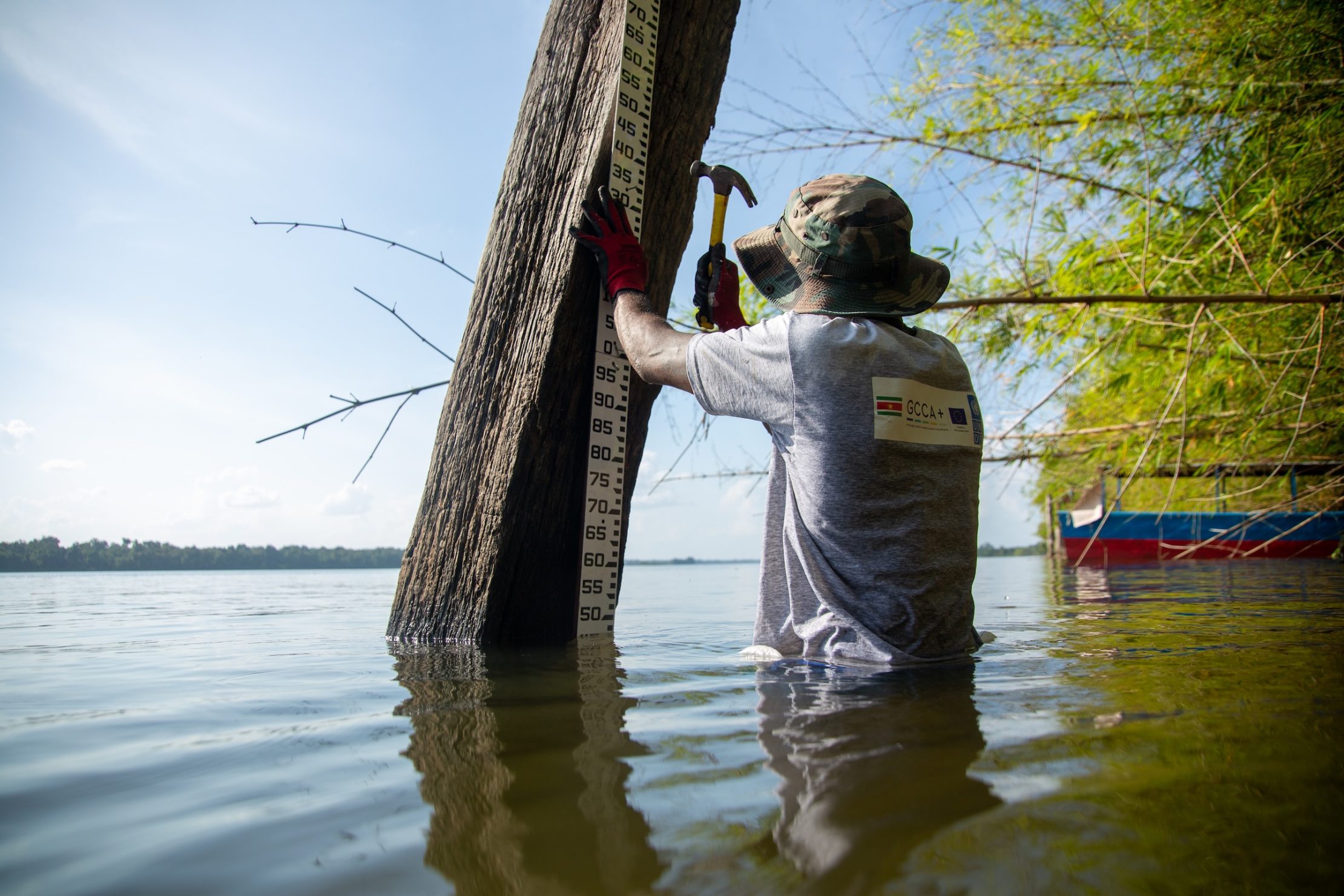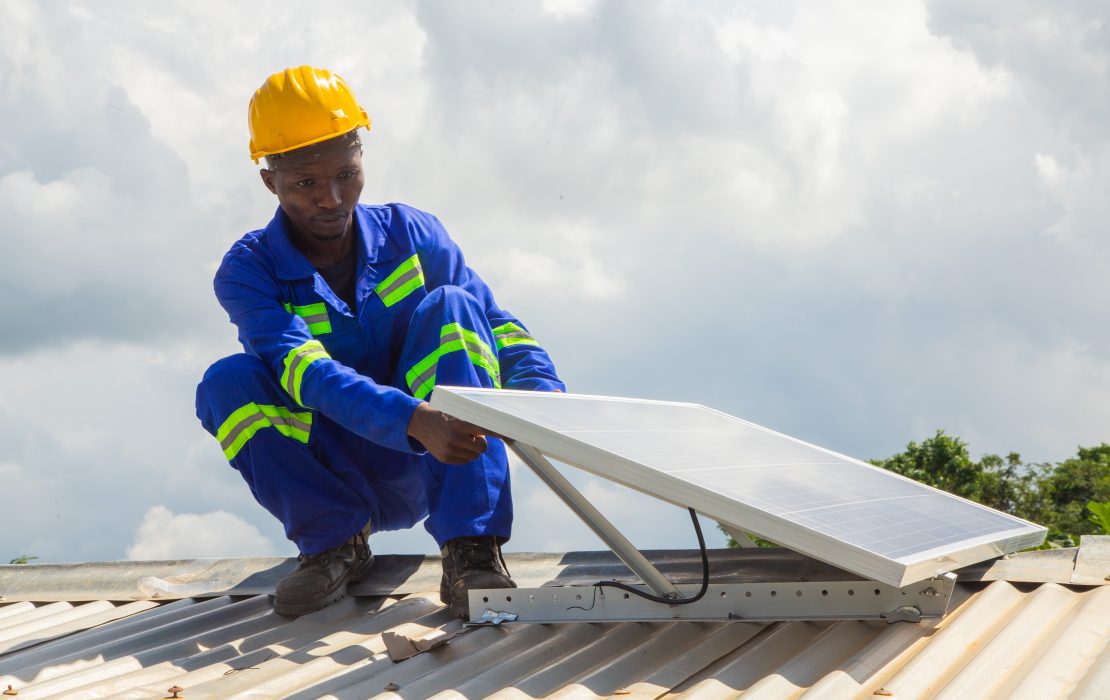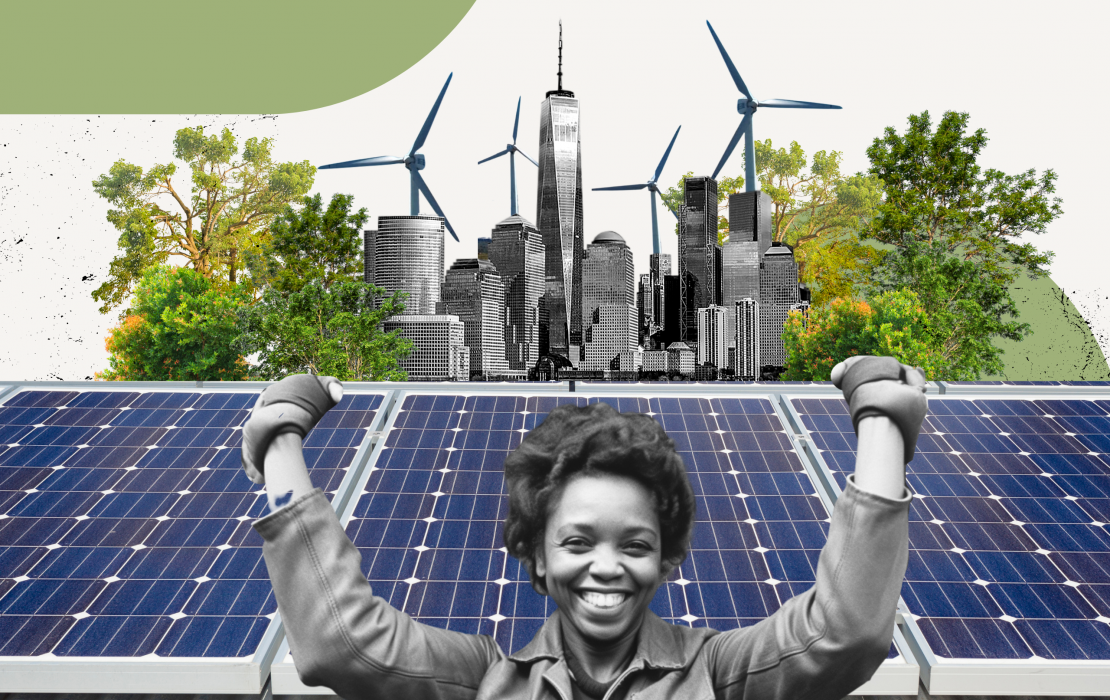
Photo: Harvey Lisse / UNDP Suriname
For those of us following the climate crisis unfold every day, the urgency with which we need to act has never been clearer. The past few years have brought into sharp focus the uncharted territory ahead of us, with heat records breaking at an alarming pace, wildlife populations reaching critical low points and humanity pushing seven of Earth’s nine planetary boundaries beyond breaching point.
As heatwaves, hurricanes and wildfires cause increasing devastation and loss in communities around the world, we only have a few opportunities left as an international community to take concerted action and avoid a catastrophic rise in global temperatures.
In a few weeks, world leaders, policymakers, scientists and civil society are meeting at COP29 in Baku to discuss the next steps in global climate action. The key topic on the agenda is to agree on how climate finance flows will look after 2025. This includes a critical conversation to set a new collective goal for the levels of support being provided to developing countries for mitigation, adaptation and loss and damage.
A strong outcome on climate finance at COP29 would not only provide the necessary support developing countries need, but it would also send a critical political signal that international collaboration on tackling climate change is advancing. This, in turn, can help propel the international community towards greater ambition.
The next critical milestone is coming in 2025, when countries are expected to submit the next round of national climate pledges under the Paris Agreement, or Nationally Determined Contributions (NDCs). These new pledges will determine whether the world will be collectively on track to keep global average temperature rise below 1.5°C.
At UNDP, we are fully aware of the critical juncture we are in at this moment. For many years, we have been supporting countries to access essential finance and develop and implement robust NDCs. Given the urgency and weight of this moment, we are now leading an effort that brings together United Nations (UN) agencies to help countries align their NDCs with the Paris Agreement goals. This effort, called Climate Promise 2025, draws on the varied expertise and experience from across the UN System to respond to countries’ needs.
Based on lessons learned from previous support, we believe that three principles are crucial to making the third generation of NDCs succeed.
1. The third generation of NDCs must be about building the economies of the future and demonstrating that greater ambition can drive development.
We know that to remain aligned with a 1.5°C pathway, greenhouse gas emissions must be cut by up to 42 percent by 2030. A lot of the responsibility to meet this need falls on the world’s top 20 economies, which together are responsible for 80 percent of global greenhouse gas emissions. At the same time, developing countries have a critical role to play in demonstrating how to slash emissions and build resilience while continuing to drive development priorities. Many countries are showing that a green economy can bring new jobs, increase access to energy, and strengthen food security.
During the second generation of NDCs, UNDP’s Climate Promise successfully supported more than 80 percent of developing countries to put forward more ambitious pledges. This push, in the years leading up to COP26, was all about raising ambition. At the time, countries collectively shaved off a full degree of warming from global prediction models. While this effort was not enough to bring down predicted temperature rise where we need it to be, it showed that the ratchet mechanism of the Paris Agreement works. We collectively proved it can be done.
In 2025, the equation is different. With countries still working on implementing their current pledges and facing a number of crises, including political polarization, biodiversity loss and conflict, the new NDCs must respond to this reality and provide integrated responses that address multiple challenges. This includes aligning with other pledges and plans, most notably National Biodiversity Strategies and Action Plans (NBSAPs) as part of the Global Biodiversity Framework. NDCs must demonstrate that greater ambition on climate change also leads to greater development ambition.

Photo: UNDP Peru

Photo: UNDP Malawi
2. We cannot keep below a 1.5°C pathway without scaled up investment in NDC implementation.
Despite progress on defining new NDCs, ambition alone is not enough. We need to scale up implementation in all sectors.
This is where climate finance becomes critical. Meeting the estimated US$5 trillion defined by developing countries as the price tag to deliver their NDCs requires a number of different sources, from international to domestic, and public to private. Even though this seems like a large amount, there are ways it can be mobilized. For example, new research shows that developed countries could raise this amount by taxing fossil fuels and billionaires, and ending harmful subsidies, thus redirecting existing financing in alignment with the Paris Agreement.
However, even when finance is available, much of it is not getting where it is needed most. For example, according to research from IRENA, the African continent has been receiving less than 2 percent of global investment in renewable energy over the last two decades, despite having abundant renewable resources.
Putting in place the right reforms, policies and incentives are often equally important as the finance itself, and in many cases help to unlock investment. Recently, the International Energy Agency showed that the goal to triple global renewable energy capacity by 2030 is within reach, if we manage to remove bottlenecks that are stifling the transition, such as permits and grid connections.
As UNDP, we support countries to access climate finance and scale up the implementation of their NDCs. We manage the largest climate action portfolio in the United Nations system, delivering a portfolio of over $2 billion in grant financing. Under Climate Promise, we implement key initiatives such as expanding access to solar minigrids in Africa, accelerating local adaptation solutions, enhancing climate action in land use and agriculture, reducing tropical deforestation and improving climate information and early warning systems.
Scaling up this work rapidly through critical investments will be crucial to achieving the goals of NDCs. We call on countries to collectively commit to bold investments in tackling the climate crisis, particularly in low- and middle-income countries. This includes extending finance, debt relief and technical support to ensure these nations have the fiscal space to undertake ambitious action.
3. Successful NDCs cannot be defined and delivered without the active engagement and leadership of all stakeholder groups, particularly those most impacted.
Through our support to second generation NDCs, we demonstrated that organizing more inclusive processes when developing national climate pledges and goals in most cases leads to more ambitious NDCs. As we enter the development of the third generation of NDCs, with a dual emphasis on ambition and implementation, inclusivity is even more critical. NDCs must not only reflect the real needs of different groups, from Indigenous Peoples to women to young people, but must also capitalize on their strengths and expertise to ensure these pledges are delivered.
We support inclusivity in climate action at both the policy and implementation levels. For instance, we enable negotiators from developing countries to effectively participate in global climate and environmental negotiations. We also nurture youth-led and youth-inclusive solutions to environmental and climate challenges, both financially and through capacity development. And throughout our work, we advance the rights of Indigenous Peoples and women and support them in accessing resources and platforms where their voices can be heard.
As UNDP, we are calling for the next round of NDCs to better integrate the voices of these groups, while also investing in them to lead on the implementation of national targets. This approach will produce climate action that truly reflects the diverse needs of our global community, while delivering ambitious outcomes that are aligned with the 1.5°C goal.
The next few years are a make-or-break moment for bold climate action. The window of opportunity is quickly closing to reach net-zero by 2050 and keep warming under 1.5°C. At the same time, we have the systems and tools already in place to get the world back on track. Embedding these three principles in all efforts to support countries define their new targets and goals can help ensure these NDCs succeed. It will also demonstrate that international collaboration, and the Paris Agreement, are working. This is an opportunity we can’t afford to lose.


